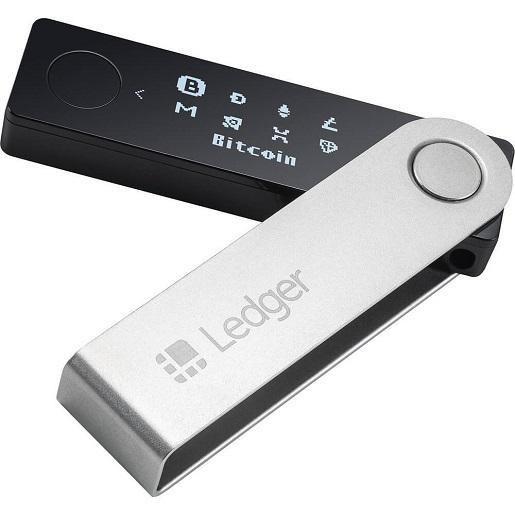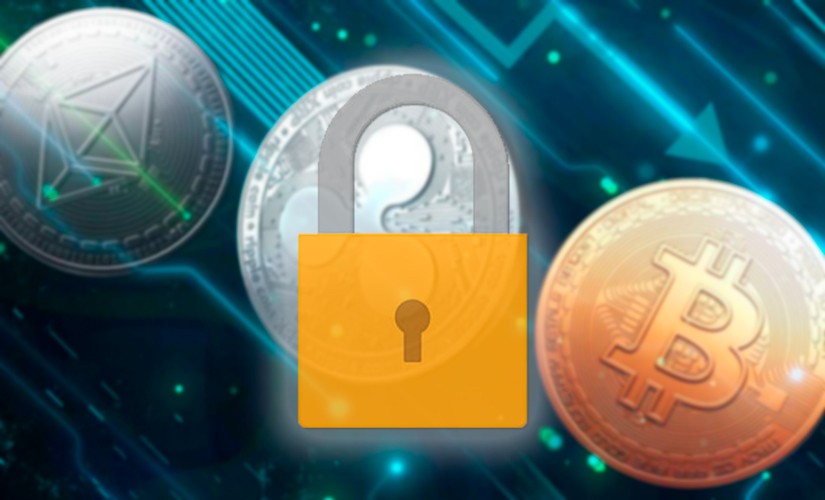
Hacking of blockchain platforms is a growing concern in the digital community. According to Immunefi, a company specializing in cryptocurrency network security, hackers withdrew over $200 million from 32 projects in the first 2 months of 2024. That’s 15.4% more than in January and February 2023. The total damage from exploits last year amounted to $1.8 billion. To ensure the security of cryptocurrency platforms, developers are constantly improving technologies. This article talks about new trends in protecting digital assets.
Main risks in the cryptocurrency market
Investments in digital coins attract high returns. Therefore, there are many dangers in the cryptocurrency market. Analysts combine the risks into several groups:
- Vulnerabilities in the security systems of cryptocurrency wallets. Private keys, which are 256-bit code, reliably guard access to the vaults. It would take attackers millions of years to crack them. Wallets become vulnerable due to bugs in the program and user errors.
- Phishing attacks. Attackers often use fake emails on behalf of companies to force users to provide sensitive data. For example, in 2023, hackers sent fake hacking notifications to Trezor customers and asked them to provide a mnemonic phrase supposedly for verification.
- Exchange risks. Most users buy and sell cryptocurrencies on the CEX. However, exchanges can come under hacker attack. Most often, attackers withdraw money from users’ wallets.
The security threats listed above remain relevant even in the face of rapidly evolving technology. Hackers are also improving their skills, so the market actually turns into a confrontation between “white” and “black” developers.
In the table below, you can compare the main vulnerabilities of cryptocurrency wallets, which are often used by attackers. Methods of protection are also given.
| Vulnerability | Comment | Protection method |
|---|---|---|
| Bug in the random number generator when creating a wallet | The random number generator generates a secret key with repeated characters instead of a random number | It is necessary to check the code string for the presence of identical characters. Special open-source tools (Swippcore) can be used to convert a short key into a long one. |
| Generating keys from non-random data | Brainwallet technology allows you to create a secret code from phrases or individual words specified by the user. It is not uncommon for investors to use a common quote as a basis. Hackers are left to find the right combination, taking into account human predictability. | It is safer to generate private keys in a wallet or set a complex combination of numbers and letters of different case, special characters. |
| Creating compromised keys on scam sites | Online generators of addresses for paper wallets can give the same keys to different users or contain vulnerabilities for their interception. | It is recommended to create keys only in hardware devices or cryptocurrency applications. |
New trends in cryptocurrency security
The decentralized nature of digital coins opens up many opportunities for investors and users. Risks in the crypto market are also high, but developers are constantly improving security systems in networks and individual projects. Exchanges and digital storages are usually the first to test new security technologies.
Biometric authentication for cryptocurrency wallets
This technology uses a person’s unique biological traits for identification. Biometrics are already being integrated into the interface of cryptocurrency wallets, providing an additional layer of security. To gain access to assets, you need to verify your identity through certain mechanisms. Among them:
5020 $
bonus for new users!
ByBit provides convenient and safe conditions for cryptocurrency trading, offers low commissions, high level of liquidity and modern tools for market analysis. It supports spot and leveraged trading, and helps beginners and professional traders with an intuitive interface and tutorials.
Earn a 100 $ bonus
for new users!
The largest crypto exchange where you can quickly and safely start your journey in the world of cryptocurrencies. The platform offers hundreds of popular assets, low commissions and advanced tools for trading and investing. Easy registration, high speed of transactions and reliable protection of funds make Binance a great choice for traders of any level!
- Fingerprint scanning. This is one of the most common types of biometrics. It is used by imToken Wallet, Trust Wallet and other mobile wallets in 2024.
- Facial Recognition. The popularity of the technique is due to the simplicity and passive process of identity verification. The user is only required to look into the camera. The scanner evaluates facial features, checking the obtained data with the original data. In 2024, wallets (ZenGo), exchanges (Binance) and other cryptocurrency platforms are using such biometrics.
- Iris and retina scanning. This technique is characterized by high identification accuracy, but is still being tested for use in the cryptosphere. The software reads a unique pattern in the iris or blood vessels of the fiber of the eye.
- Voice recognition. While easy to use, the technology does not provide complete security. In 2024, fraudsters already possess the tools to reproduce the human voice.
According to analysts, the integration of biometric authentication mechanisms into cryptocurrency projects will increase as the industry grows. Combined with artificial intelligence and machine learning, this technology can become the basis for creating more accurate and flexible ways of identification.

In the future, technology will learn to recognize gait, heart rate.
Biometric systems will adapt to age-related changes in users. Exchanges and cryptocurrency wallets will actively implement these mechanisms to enhance security and increase customer trust.
Decentralized identity solutions
The concept of the new Internet (Web3) gives users the exclusive right to manage personal data on their own without the involvement of a third party. This is possible through the introduction of decentralized identifiers (DIDs) – digital identity documents that store information in blockchain or P2P networks.
The distributed registry acts as a publicly available verifier and repository of information. If someone needs the validity of a DID, they can find the corresponding public key in the blockchain.
In 2024, the technology is used in decentralized KYC (DOCK) systems. But the potential of DIDs is much broader. Identifiers can be used for fast access to cryptocurrency platforms and honest online voting. In 2024, the types of DIDs known are:
- Off-chain attestations – digital certificates that are stored off-chain (in wallets) and signed by a DID. With the help of the identifier it is possible to verify the validity of the data.
- On-chain attestations – stored in network smart contracts. The algorithm compares the information with the provided public key (DID).
- Soulboundtokens (SBT) – digital assets that contain personal data of the user and information about the organization. They are usually issued by exchanges (Binance) or wallets.
Privacy of cryptocurrency transactions
The idea of decentralized identity is based on the principle of anonymity of personal information. This is a key request of cryptocurrency users in the face of increasing regulation.
Analysts predict that in the future, wallet developers will utilize privacy-enhancing technologies in their security systems.
These mechanisms will also make it possible to hide transaction details from outsiders. In 2024, cryptocurrency companies are already testing homomorphic encryption techniques and zero-disclosure proofs for identification without disclosing biometrics.
Implementing security features in hardware wallets
The concept of autonomous storage of private keys implies the creation of a proprietary security system. In 2024, the trend of using secure chips in hardware wallets is gaining momentum.
Secure Element contain secret information about the account (seed, PIN-code) and allow running isolated applications in a secure environment.
In 2024, such chips are used in Ledger, Keystone, and ColdCard crypto wallets. Secure Element provides the maximum security level of the devices at the moment.

It is theoretically possible to hack them, but it would require significant resources. For example, in the process of testing the SE installed in the ColdCard ME2 wallet, Ledger experts managed to obtain a seed phrase. They had the most modern equipment and an entire laboratory at their disposal.
Conclusion
The cryptocurrency market is a sphere in which digital assets are traded against fiat currencies and each other, and investors and traders profit from such transactions. From the traditional finance sector, returns and risks have migrated here. To reduce the threat, crypto market participants use different combinations of wallets for storage and follow security rules when working on exchanges. In addition, it is important to monitor new investment protection technologies to deal with potential problems in the growing digital space.
Is there a mistake in the text? Highlight it with your mouse and press Ctrl + Enter
Author: Saifedean Ammous, an expert in cryptocurrency economics.














